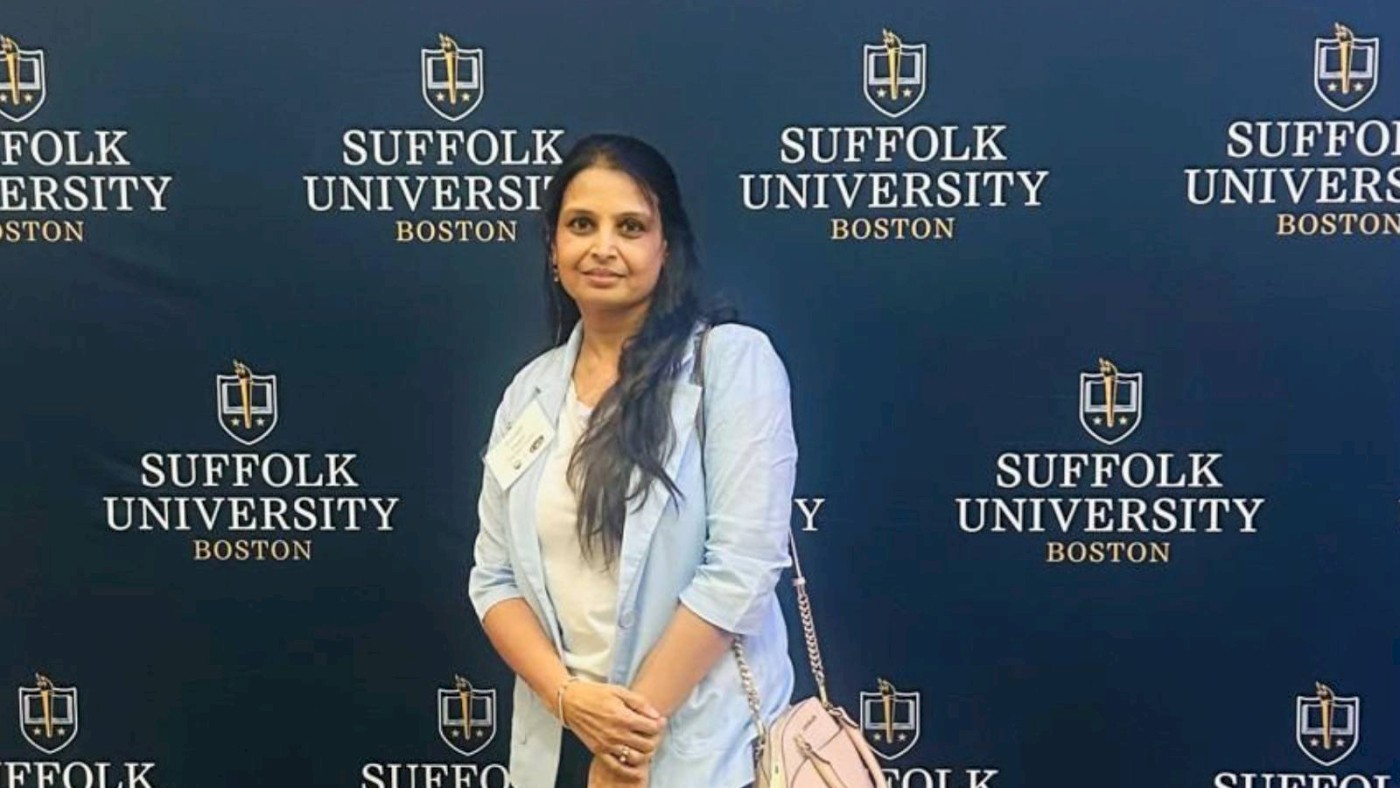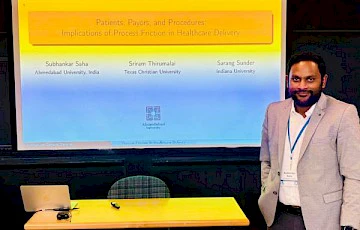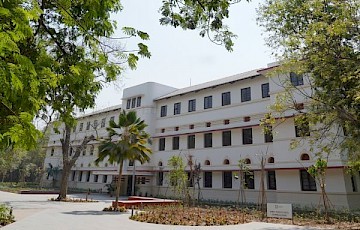4 July 2025
Indian and Foreign Investors' Collaboration Fuels Indian Entrepreneurial Ecosystem

Understanding the complexities of foreign investment, investing patterns, and Venture Capital/Private Equity (VCPE) exits is critical for India's thriving entrepreneurial ecosystem. A recent study, "Foreign Investors, Investing Patterns, and VCPE Exits – Empirical Evidence from India," provides valuable insights into how firm-specific and investor-related variables impact foreign, domestic, and Joint Venture (JV) participation in Indian firms.
Presented at the 32nd Annual Global Finance Conference at Suffolk University, Boston, the research drew upon an expansive dataset covering 8,693 investee firms, approximately 23,000 investment rounds, and 4,000 exit rounds from January 2000 to September 2024. This comprehensive empirical analysis revealed significant findings on investment and exit patterns.
Authored by Professors Vinodh Madhavan, Poonam Dugar, and Parag Patel from Ahmedabad University's Amrut Mody School of Management, the study indicates that active Indian firms with increased VCPE deal activity (both in value and volume) are more likely to attract foreign investments. Interestingly, the research found a longer gestation period for investments made by foreign investors but faster exits for focused JVs characterised by collaboration between foreign and domestic investors. Furthermore, firms with high levels of investment activity and investors who invest across sectors exhibited reduced time to exit.
Analysing the exit patterns, the research highlights the complementary nature of domestic and foreign investors. It found that young Indian firms with a large investor base, low cumulative investments, and geographically diverse investors are likely to witness secondary sale exits. In contrast, relatively older Indian firms typically see open market exits. These findings indicate the collaborative nature of the relationship between domestic and foreign investors when it comes to Indian firms, signalling the critical role both are playing in the Indian entrepreneurial landscape.
The opportunity to present this work to a global audience of finance scholars proved invaluable, refining the analysis and deepening the findings' implications. This academic environment actively supports faculty members participating in such international forums, fostering faculty research and academic engagement to contribute to global financial understanding.



